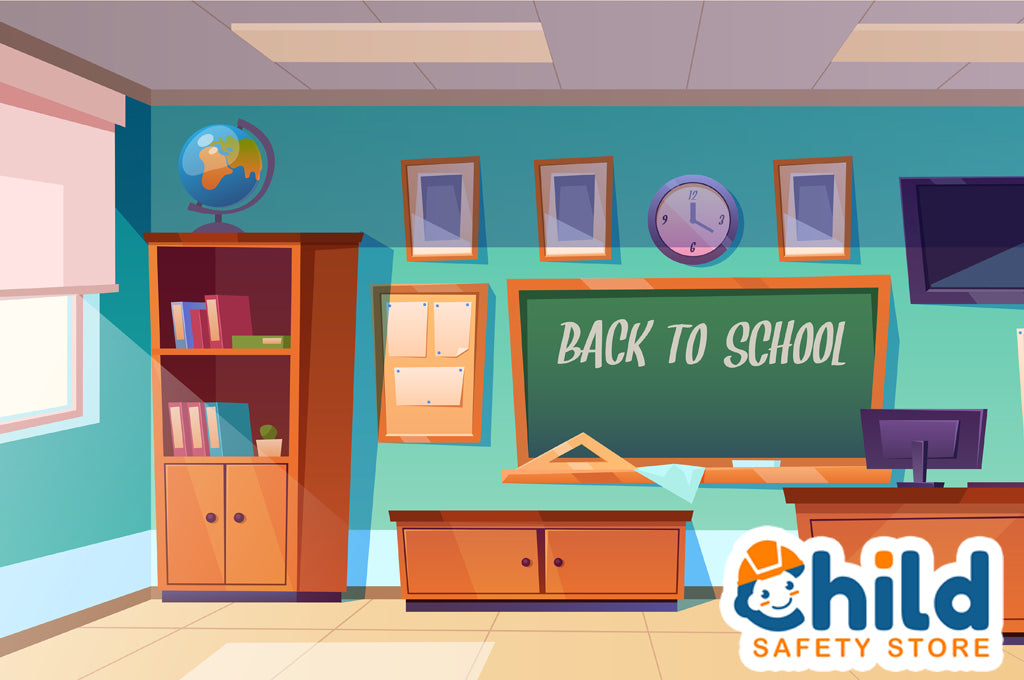
Back to Class: Safety First
It’s time to head back to class! For most students, school is most certainly in session. For our 2022 school safety blog, let’s review some basics of health and safety.
“Letting Go” Swings Both Ways
For many parents, sending the little ones back to class can be both exciting and terrifying. When it comes to school, it is important not to forget mental health. Parents, especially newer parents, may find it difficult to let go after being with them so regularly for the few months prior, or even longer. Younger kids may feel the same way, particularly if they have gotten used to remote learning. However, socialization and speaking with friends is an important aspect of growing up.
This is rather normal. The important bit is to talk about it together. Going over basic safety rules and reiterating how much you care for each other is an excellent first step toward getting them safely back to class.
Remember, the emotional and psychological health of the entire family is just as important as physical wellbeing. Above all, kids should feel relaxed and safe heading back to class. It is a safe place and the people who love them will pick them up soon to go home.
Watch the Weight!
As time has worn on over the years, backpacks have gotten surprisingly heavy. Between books, laptops and other gear, lifting these bags can be a herculean task. Unfortunately, this can cause back injuries. To help, try getting a backpack that rolls. It will help prevent back strain over time. Beyond this, make sure the straps are sturdy. If the bag sits too low on the back, the weight can pull at the shoulders and cause additional strain. For good measure, always include a backpack card.
Getting Back to Class Safely
For older kids, there might be an opportunity to bike or walk back to class. That’s a wonderful opportunity for exploration and discovery, but the road can be a dangerous place. To prevent accidents, kids should always remember to obey the rules of the road. For pedestrians, that means looking both ways before crossing the street. When it comes to bike safety, remember to always wear a helmet.
Far more children than most people realize have gotten concussions while on their bikes. According to the CDC, adolescents, teens, and young adults have the highest rates of bicycle-related injuries treated in emergency departments. In fact, young people aged 10-24 account for nearly one-third of all bicycle-related injuries seen in emergency rooms.
Those are some scary numbers. To combat this, parents should always encourage children to aim for safety. They should wear a helmet and stay off the road as much as possible.
Driving Back to School
For older kids, driving to school has its own set of risks. Young drivers often find themselves in trouble on the road. After they have earned their license, consider sending them for additional private lessons. Failing that, make sure they are confident behind the wheel and have plenty of time to practice with an adult present.
Practice Runs Help Prevent Accidents
No matter how old a child is, practice can make perfect. If this is the first time a child is setting off on their own, it can be quite beneficial to walk the route with them first. A parent or guardian should set aside some time before the big day to make sure the children know the directions to school. Taking the walk together inspires confidence and can help them to avoid getting lost later.
Heading back to class doesn’t have to be daunting. In fact, it can be an enjoyable experience for everyone… as long as we remember to communicate and follow proper safety precautions.
